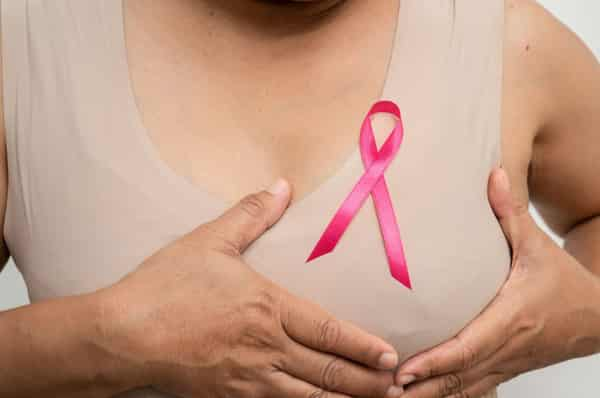
World Health Organisation (WHO) says in a new report that breast cancer cases are expected to increase by 38 per cent globally by 2050.
The findings from a report from the International Agency for Research on Cancer (IARC), a specialised branch of WHO, also projected annual deaths from the disease to rise by 68 percent.
It warned that if the current trend was not checked, the cases would continue to rise.
The findings were published in Nature Medicine on Monday.
They warn further that if current trends continue, the world will see 3.2 million new breast cancer cases and 1.1 million related deaths each year by mid-century.
“The burden will be disproportionately felt in low- and middle-income countries, where access to early detection, treatment and care remains limited,” the findings indicate.
“Every minute, four women are diagnosed with breast cancer worldwide and one woman dies from the disease, and these statistics are worsening,” the report, quoted Dr. Joanne Kim, an IARC scientist and co-author of the report, as saying.
“Countries can mitigate or reverse these trends by adopting primary prevention policies, such as WHO’s recommended ‘best buys’ for non-communicable disease prevention, and by investing in early detection and treatment,” she added.
Kim noted that breast cancer remained the most common cancer among women worldwide and the second most common cancer overall.
In 2022 alone, an estimated 2.3 million new cases were diagnosed, with 670,000 deaths reported.
However, the report highlights significant disparities across regions.
The highest incidence rates were recorded in Australia, New Zealand, North America and Northern Europe, while the lowest rates were found in South-Central Asia and parts of Africa.
Meanwhile, the highest mortality rates were reported in Melanesia, Polynesia and Western Africa, where limited access to healthcare contributes to poorer outcomes.
The link between breast cancer survival and economic development is stark.






